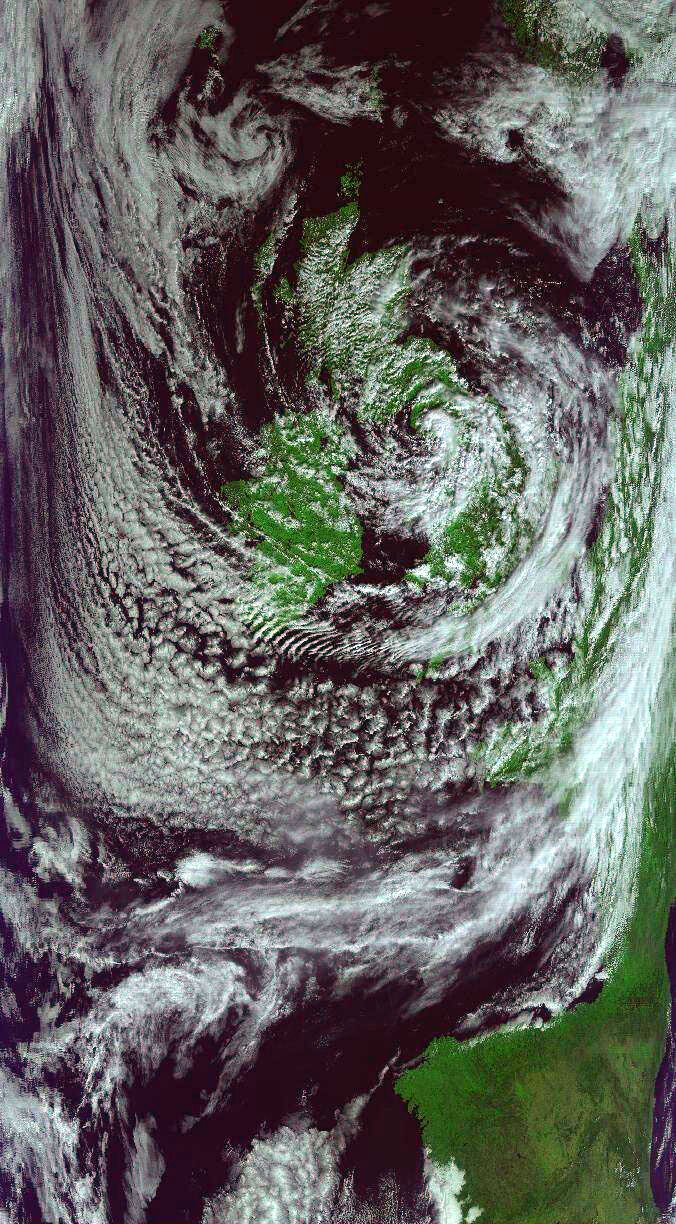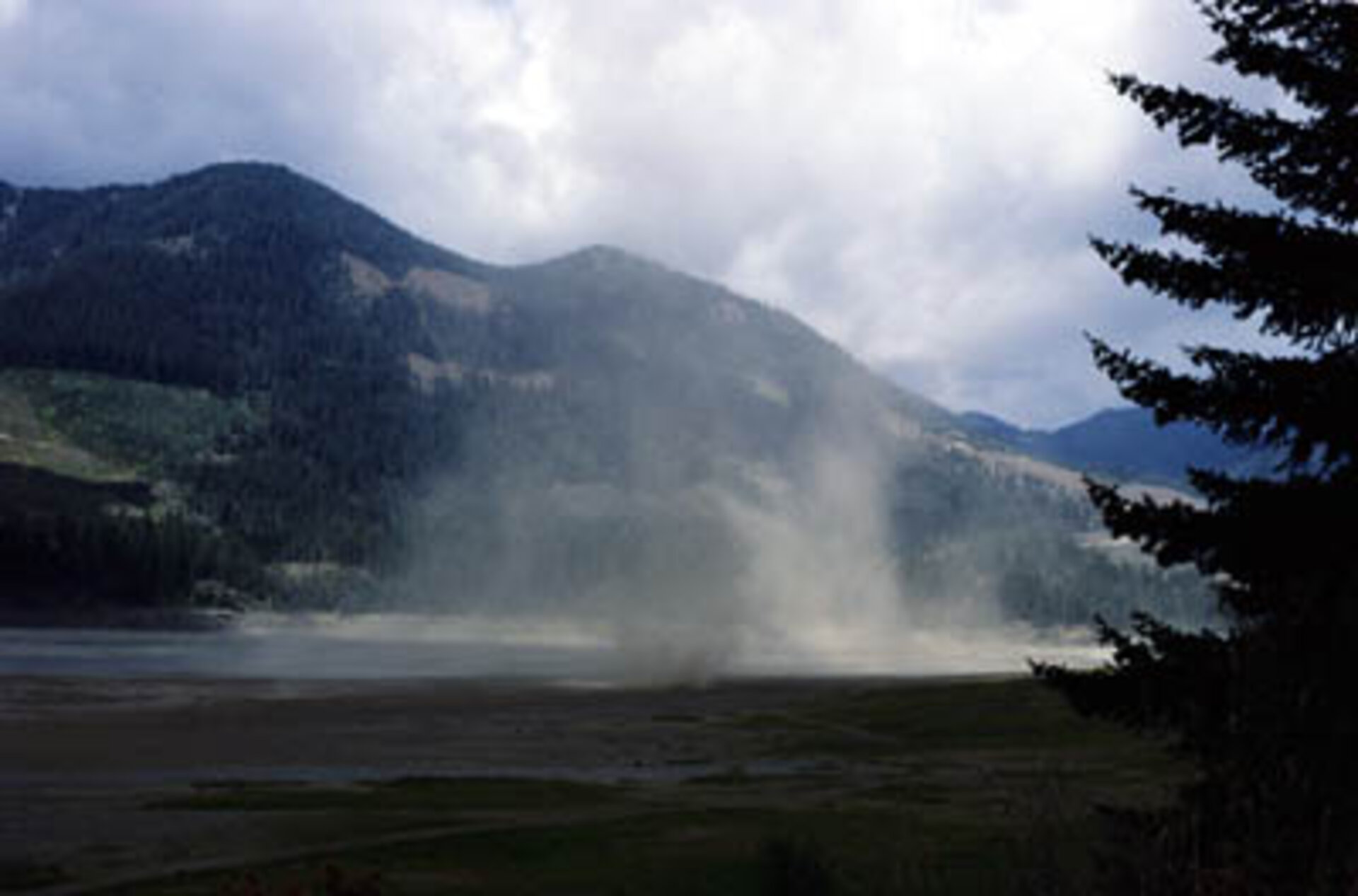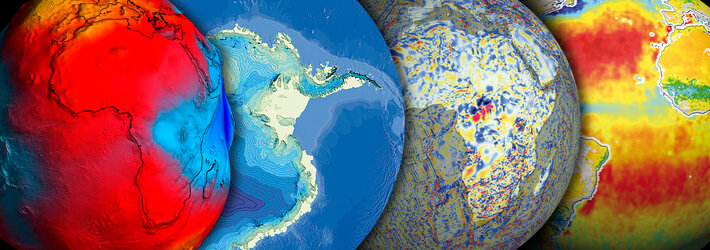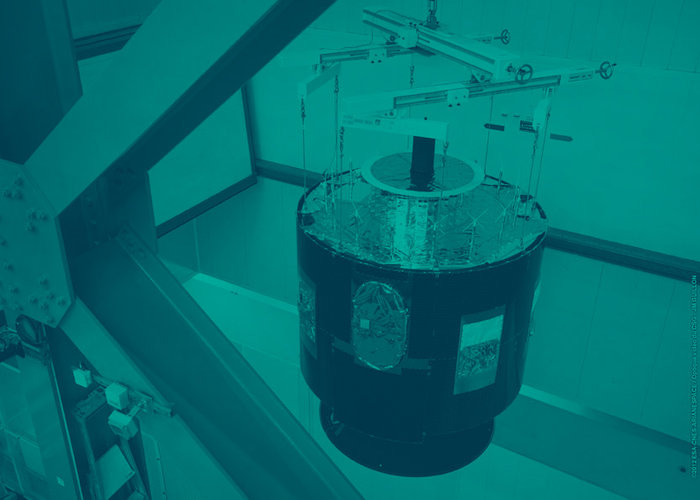Water vapour & clouds
Water vapour – simple humidity – is actually the largest single greenhouse gas. It also forms an important link between the land and the ocean: it is a carrying mechanism transporting energy around the globe and is therefore a major driver of weather patterns.
Powering hurricanes
This fact is shown most forcefully by the violent hurricanes and typhoons powered by evaporation from tropical oceans. However water vapour concentration varies strongly in space and time across the planet, evaporating from warm water surfaces only to fall back to Earth as rainfall.
Mapping water vapour
Only space-based monitoring can measure water vapour concentrations on a global basis, either measuring vertical columns of water vapour or assessing atmospheric humidity through a cross section of the atmosphere. Detailed mapping of water vapour promises to help increase the accuracy of weather predictions, especially for rainfall.
Covering the Earth

When water vapour condenses in the atmosphere it forms clouds, another crucial but poorly characterised element of the climate system. At any one time 60% of the Earth's surface is covered by clouds, but their variety is such that they are difficult to model accurately.
What their presence does is alter the movement of energy within the Earth's atmosphere, but in ways that vary depending on the cloud properties, location and time of day.
A thick white cloud top reflects the majority of solar energy straight back out to space, while thin cirrus cloud scatters it within the atmosphere. By night clouds work to insulate heat energy radiated up from the ground and keep it warmer than it otherwise would be.
Cloud formation is connected with aerosols, and aerosol loading on the atmosphere appears to be increasing. But if total cloud coverage were to increase, it is impossible right now to say what the overall effect would be on the Earth's energy budget.
Seeing within clouds
However Earth observation is already making good that gap in our models, returning detailed images of the tops of clouds and their interior structure, as well as their height and reflectivity. Spectral data can provide details on a cloud's temperature, thickness, particle size and whether it is composed of water or ice.
And a future dedicated mission known as EarthCARE (Earth Clouds, Aerosols and Radiation Explorer) is intended to create the first global dataset of vertical cloud profiles and aerosol characteristics together with vertical temperature and humidity profiles plus top of atmosphere radiance. The results will provide essential input data for numerical climate models.










